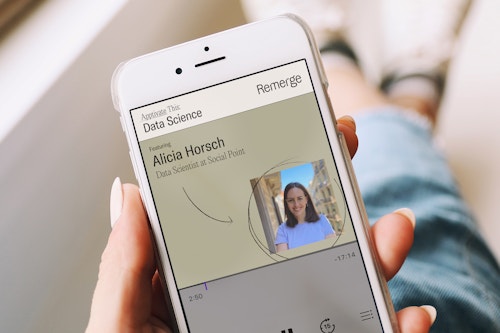Ep. 95 Measuring No-ID Campaigns with Causal Impact
July 28, 2021

Today on the Apptivate Podcast’s Data Science Segment, we’re diving into Causal Impact, a library written by Google that can measure incremental effects of campaigns without user IDs as well as the Bayesian structural time series (BSTS) statistics model behind it. Remerge’s Data Scientist, Alfred Wong, hosts this episode with a data scientist from Socialpoint.
Alicia Horsch is a Data Scientist in the Marketing and Analytics teams at Socialpoint, a mobile game developer based in Barcelona. She is also an ambassador for Women in Data, a nonprofit organization that focuses on increasing diversity in data careers.
Listen and Subscribe
Questions Alicia Answers In This Episode
- What is Causal Impact and why do you want to use it?
- What’s so special about using offline campaigns as far as Causal Impact?
- How does Causal Impact work?
- How do you split traffic into the treatment group and the control group?
- Would you like to elaborate on the math behind it and how the model is built?
- How do you know if the predictions are good?
- What are the shortcomings of the Causal Impact package?
- What are the most important things that you look for in a dimension to split the events on?
- What resources can you recommend to our listeners who want to learn more about Causal Impact?
Timestamp
- 1:25 What is Causal Impact?
- 2:22 Causal Impact for when you can’t track the user
- 3:47 How does Causal Impact work?
- 5:45 Control group and uplift
- 7:05 How does the BSTS model work?
- 10:24 What is a prior in bayesian statistics?
- 11:25 Evaluating prediction accuracy
- 14:28 Shortcomings of Causal Impact
- 21:18 Causal Impact resources and background
Quotes
(3:49 - 4:04) "Causal impact works by using some information to make a prediction on what would've happened if there wouldn't have been a marketing campaign, which is also often called the counterfactual."





